The Swiss-born German artist Paul Klee (1879–1940) advanced modern art through his experiments in colour theory, and his own works show his extensive work in that direction. His first studies were in music, as his father was a music teacher and his mother a singer. His skills on the violin brought him an invitation at age 11 to join the Bern Music Association.
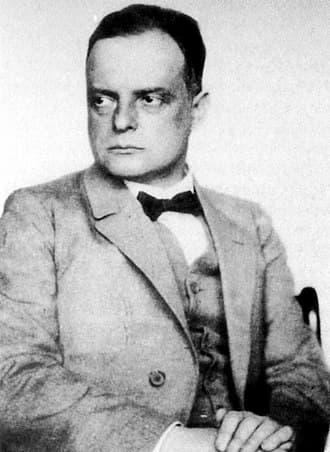
Hugo Erfurth: Paul Klee, 1926
After initially focusing on music, Klee moved over to the visual arts in his teens. If music tied him to the 18th and 19th-century traditions, art was his key to freedom of thought and creativity. At age 20, he started to study at the Academy of Fine Arts in Munich and then traveled through Italy and found that his problems with colour in painting were the key to his advancement as an artist. For him, colour was the up-side of art, its optimism, and nobility, whereas black and white were better for the down-side: grotesques and satires.
In Munich, he became a member of the Baue Reiter group, first as part of the editorial team of their journal and then as a member of the group, which included August Macke and Wassily Kandinsky (who had founded the journal), Gabriele Münter and Marianne von Werefkin. Klee soon rose to be one of the important members of the group.
Travel exposed him to other ideas in art: Paris brought him inspiration from Cubism and abstract art as did the experiments in colour by Robert Delaunay and Maurice de Vlaminck. Travel to Tunisia in 1914, where he was impressed by the different quality of the light, brought full realization of his colour theory.
He was fortunate during the war, when he served as a clerk for the Royal Bavarian flying school, that he could continue painting. He taught at the Bauhaus for a decade from 1921 and had exhibits in Paris, the US. The rise of the National Socialists and his persecution led him and his family to emigrate to Switzerland in 1933. He developed an autoimmune disease, scleroderma, in 1935 and this led to his death in 1940. His final years were extremely productive as his style simplified and enlarged.

Bryan Johanson
American guitarist Bryan Johanson took six paintings by Klee, composed between 1922 and 1940 as his inspiration for a six-part work for flute and guitar entitled Painted Music. The first movement is based on the Cubist painting, Senecio or Head of a Man Going Senile, which divides the face of an elderly man into rectangles. Red, orange, yellow, and white almost make the face a mask and the off-set eyes and twisted mouth show you that not all is right here.
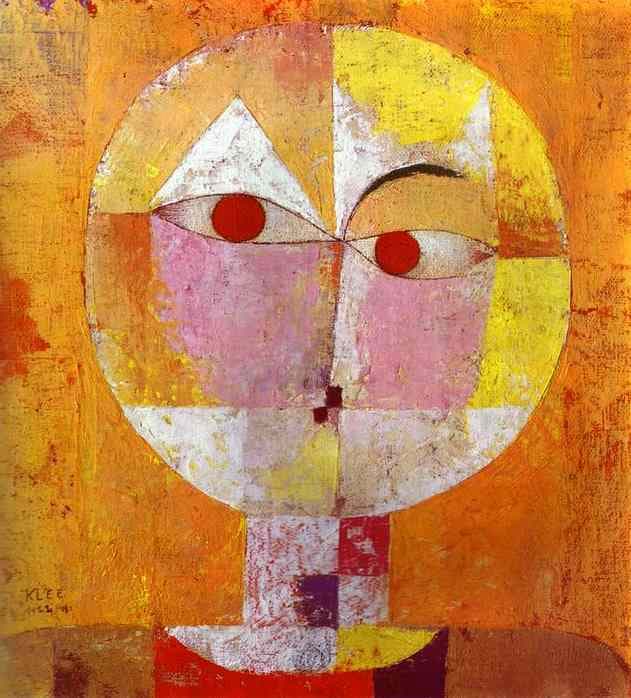
Klee: Senecio, 1922 (Kunstmuseum Basel)
Bryan Johanson: Painted Music – I. Senecio – Toccata (Quatra Duo)
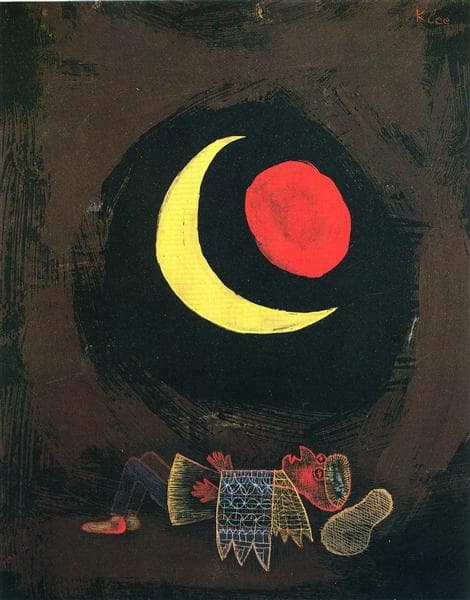
Klee: Strong Dream, 1929 (private collection)
Colour comes to the fore in Klee’s Strong Dream, where an abstract figure sleeps beneath a bright yellow crescent moon. In the moon rests a bright red circle. In the music, the guitar’s opening chords give us a minimal setting until the flute line floats above – it could be the moon or the red circle.
Bryan Johanson: Painted Music – II. Strong Dream – Nocturne (Quatra Duo)
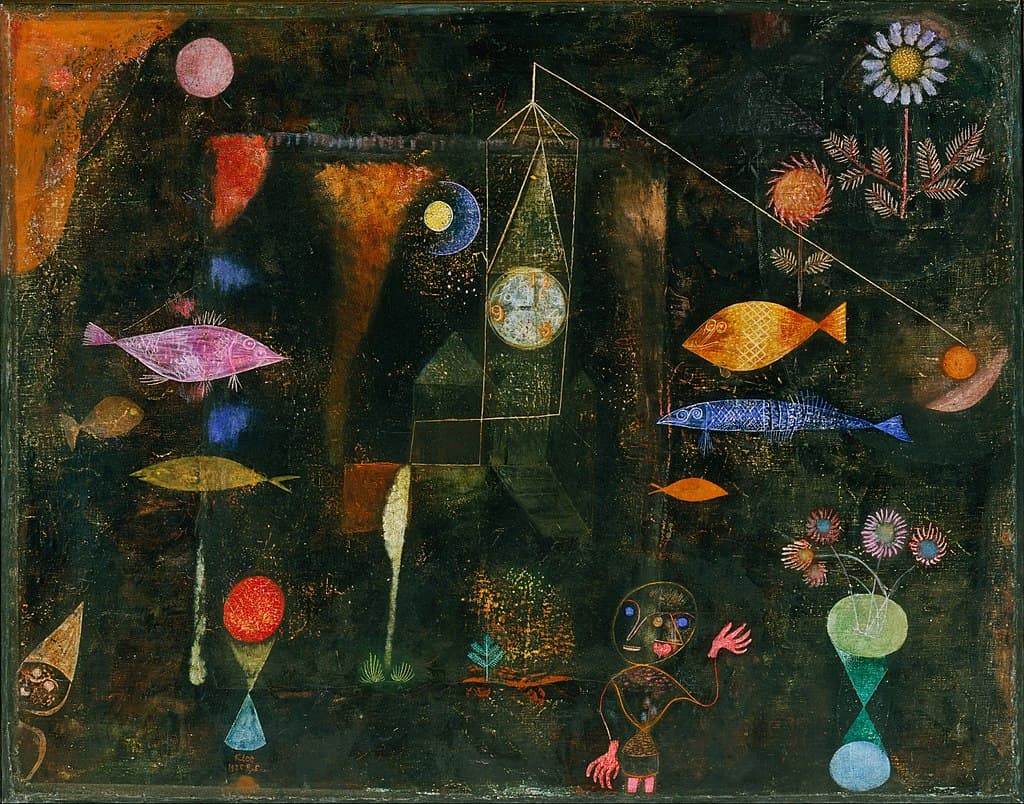
Klee: Fish Magic, 1925 (Philadelphia Museum of Art)
Fish Magic puts us in an undersea realm that blends earth and sky with the sea. Klee put down his colours and then covered them with black, scratching away the black to reveal his water world as through the shades of water. Fish are there, but so are vases of flowers and humorous figures at the bottom. There is a clock tower and circles that could be the sun or the moon. Johanson’s music, a Scherzo, brings us to the world of the darting fish.
Bryan Johanson: Painted Music – III. Fish Magic – Scherzo (Quatra Duo)
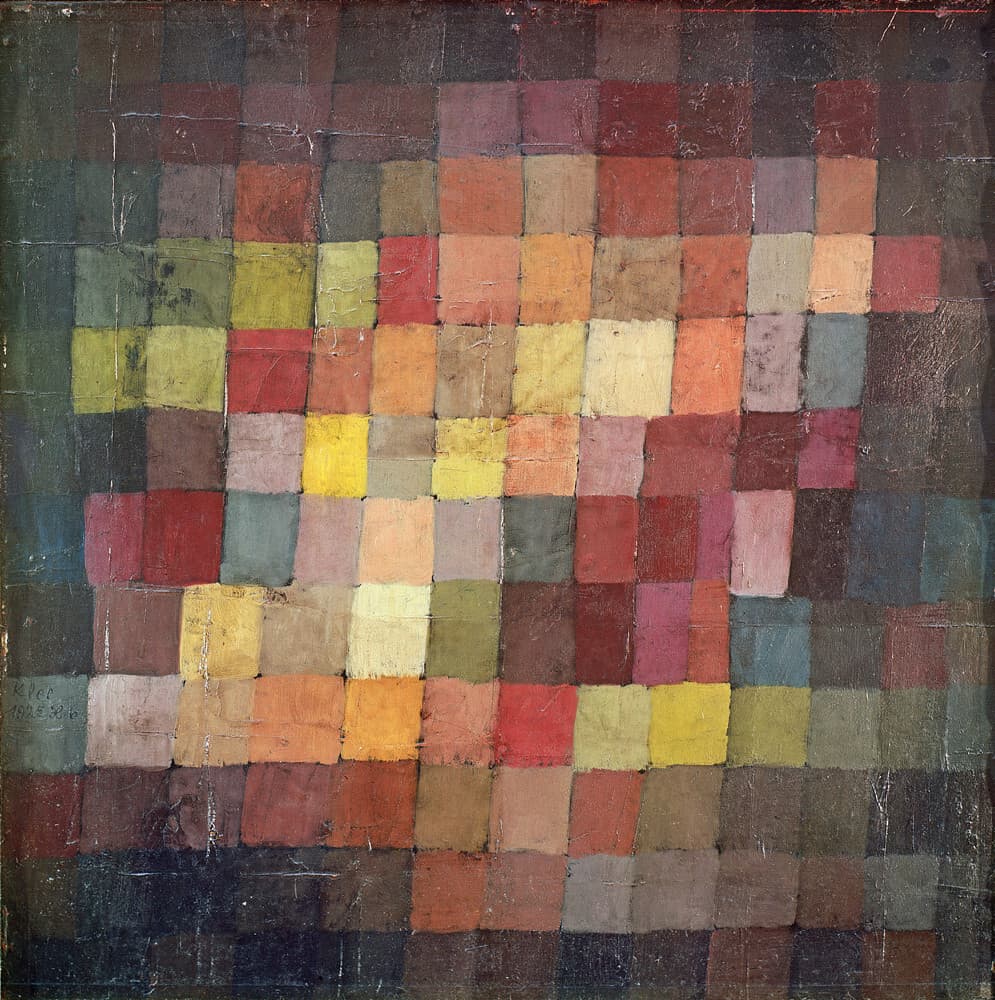
Klee: Ancient Harmony, 1925 (Kunstmuseum Basel)
Klee’s 1925 painting Ancient Harmony was inspired by his trip to Tunisia and he pulls together colours to a bright center, juxtaposing simple squares to create his own harmony. Johanson’s movement, a passacaglia, balances the flute’s melody against a counter melody in the guitar.
Bryan Johanson: Painted Music – IV. Ancient Harmony – Passacaglia (Quatra Duo)
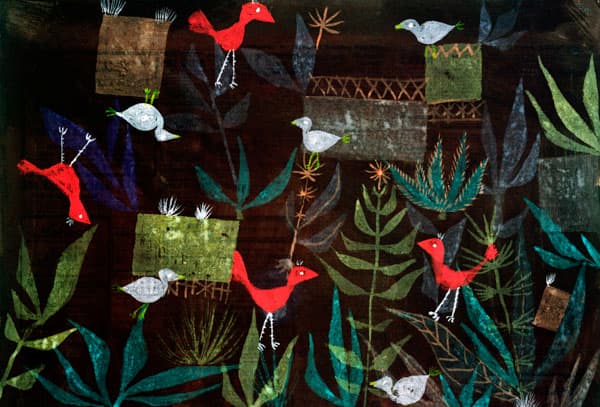
Klee: Bird Garden, 1924 (Bavarian State Painting Collections)
Bird Garden, another nature piece, is much like Fish Magic. Against a black background, red and grey birds sit in various attitudes: on long legs, perched on a wall, or even hanging upside-down. Their garden is full of fantastic plants, some spiky and some flowery. The fifth movement of Painted Music, a bagatelle, picks up on the sounds of the birds.
Bryan Johanson: Painted Music – V. Bird Garden – Bagatelle (Quatra Duo)
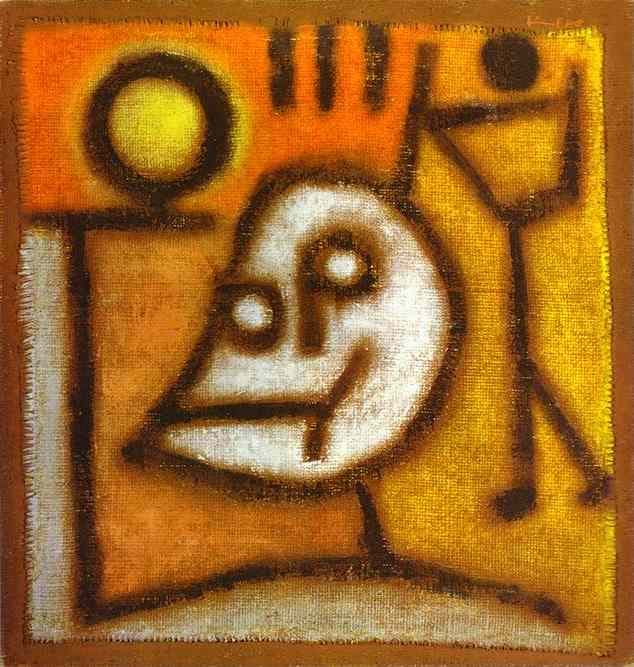
Klee: Tod und Feuer (Death and Fire), 1940, Zentrum Paul Klee, Switzerland
The final image, painted in Klee’s last year, was the last he painted before his death on 29 June. The German title, Tod und Feuer, gives inspiration to the three deaths in the picture: the skeleton figure and T-O-D spelled out in the face of the skeleton and using his arm as the T, the yellow circle for the O and the head itself as a D. The striding figure in the corner could be his younger, healthier self, or perhaps a visitation from Death itself. Johanson’s finale has a kind of desperate rush to the end – so much to do while one is still alive.
Bryan Johanson: Painted Music – VI. Death and Fire – Finale (Quatra Duo)
Johanson’s work as a whole is really a sonata broken into parts. The performers suggest that the piece is best heard while looking at the artworks to create a ‘truly multi-media experience’.
For more of the best in classical music, sign up to our E-Newsletter
